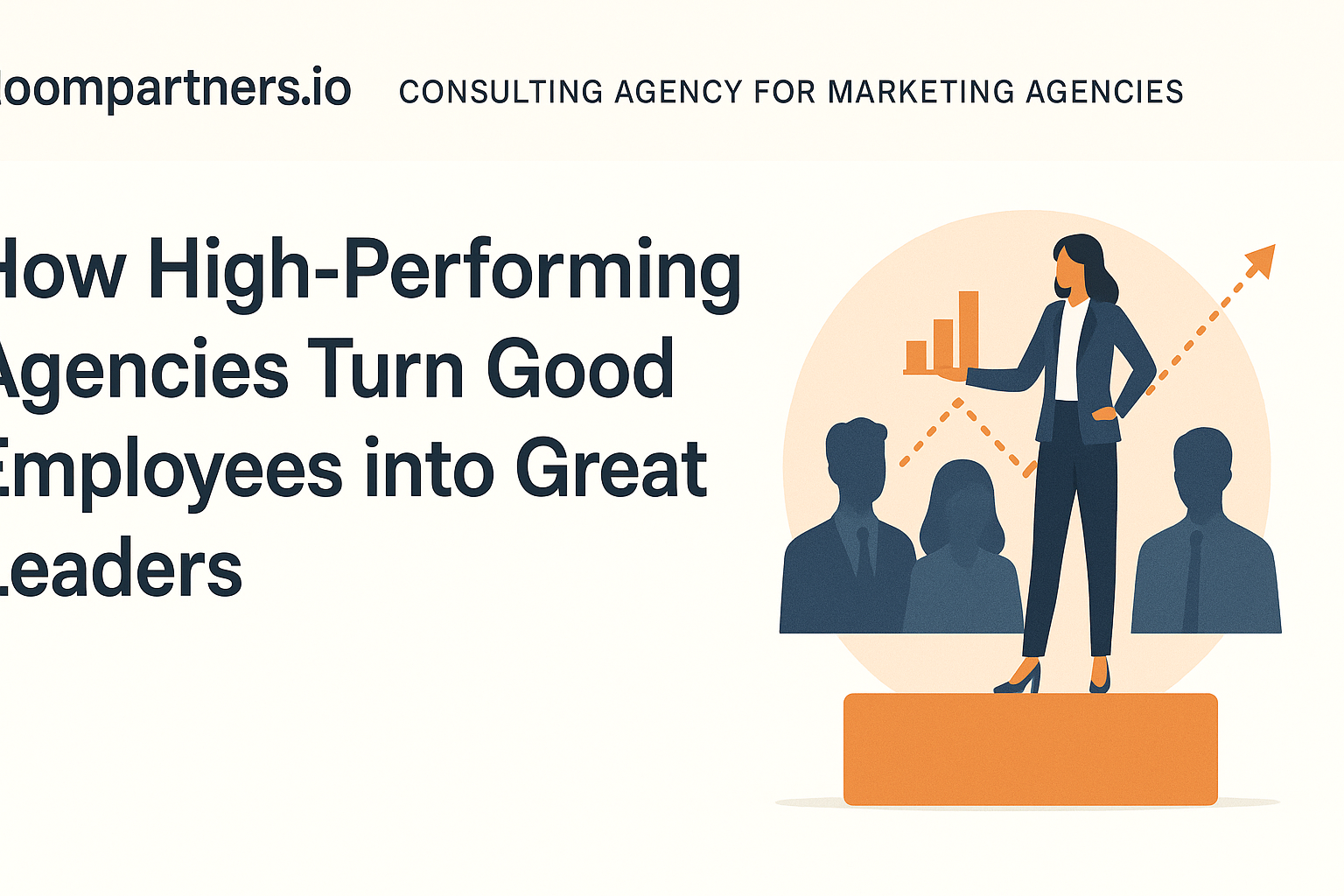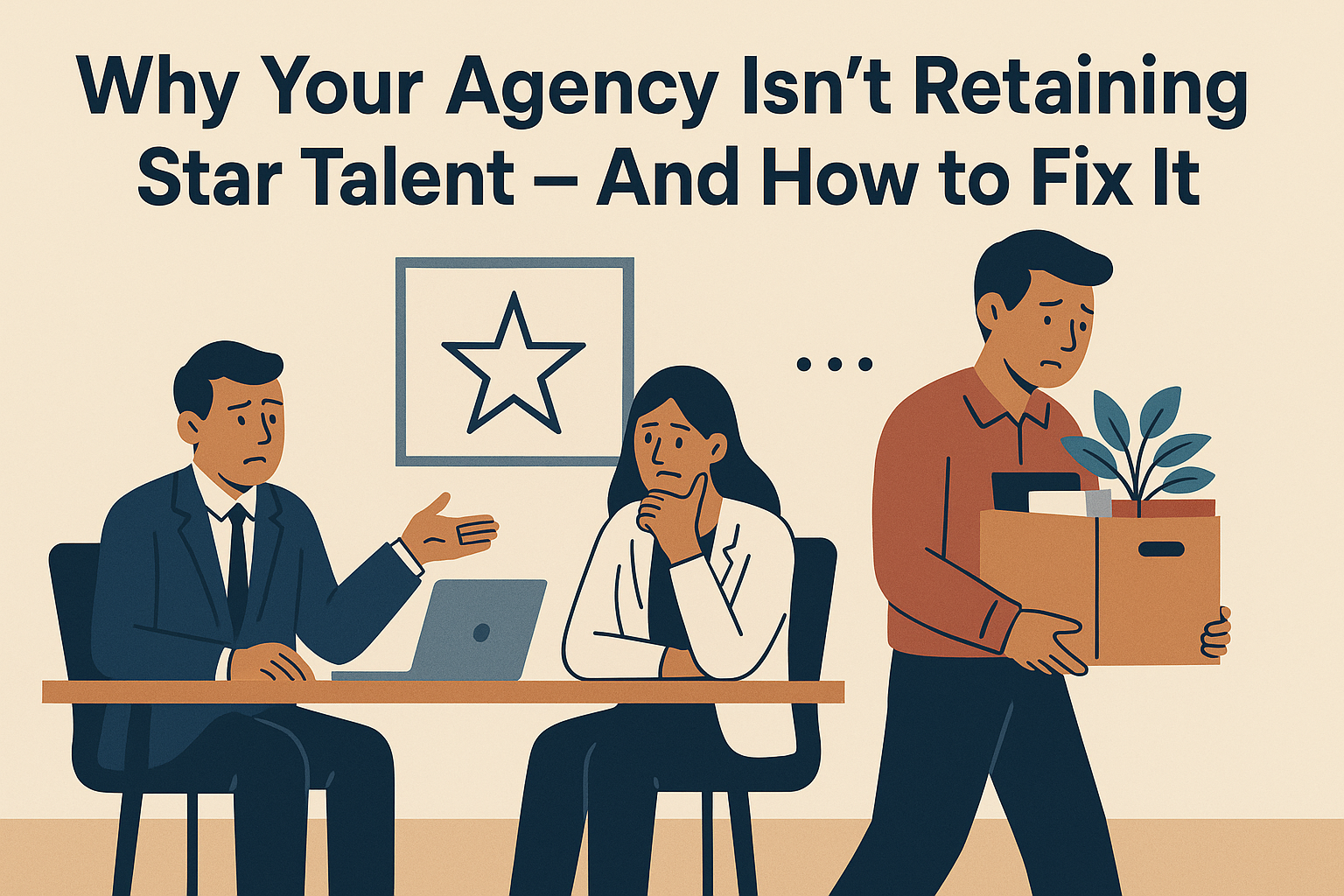Most agencies bleed money silently because they ignore critical financial blind spots lurking beneath their rapid growth.
Let’s cut straight to the bottom line—if you’re seeing impressive sales numbers but the profit isn’t matching up, you have hidden leaks draining your agency’s wallet dry. Busy agency owners fixate on growth and forget to look at the subtle but toxic factors silently eating away profit and threatening their sustainability.
You’re not alone. Even successful agencies find themselves in this trap because blind spots aren’t obvious—they’re deeply embedded in your daily operations. It’s time to face the numbers head-on and shine a devastatingly clear spotlight on these silent money losses.
Here are five critical areas causing unseen profit leaks and what you can immediately do to fix them.
Underpriced and Overdelivered Projects
Agencies frequently underestimate the time, resources, and talent needed, resulting in underpriced proposals. Over time, your team starts spending extra, unbillable hours to maintain client expectations and satisfaction. Each extra free hour cuts directly into your bottom line, leading to substantial cumulative losses.
How to fix this immediately:
- First clearly audit historical hours spent versus what was billed.
- Adjust project quoting with realistic buffers to protect your profitability.
- Adopt tracking tools like Harvest or Toggl to monitor exactly how long deliverables take—then price accordingly.
- Educate clients clearly about realistic timelines and resources, recalibrating their expectations to align directly with profitability goals.
Messy Project Scope and Scope Creep
Nothing silently erodes profit faster than unchecked project scope creep. When projects lack tight definitions and clear boundaries, regular requests slowly escalate into costly additions. You hesitate to say no, fearing dissatisfied clients, but this hesitation directly translates into lost profits—fast.
How to fix this immediately:
- Train your team rigorously on defining clear and detailed project scopes before kickoff.
- Create transparent contract boundaries documenting exactly what’s included and what’s extra.
- Use systems like Basecamp or Asana to identify and log additional client requests instantly.
- Implement a polite but firm policy to clearly notify clients when tasks exceed scope and require additional billings.
Ignoring Full Overhead Costs per Project
When agencies price projects, many consider direct expenses like staff hours and third-party costs but completely overlook essential overhead costs like rent, equipment fees, admin salaries, and software subscriptions. This oversight gradually sucks profit out from every project and severely skews your true cost-efficiency numbers.
How to fix this immediately:
- Immediately calculate your agency’s total monthly overhead figure.
- Divide overhead evenly by average hours worked across your team per month, generating a realistic overhead-per-hour dollar amount.
- Factor this directly into quoting and pricing processes for every single project.
- You’ll instantly gain true clarity, right-size your pricing, and protect your bottom line.
Client Retention and Onboarding Expense Blindspot
Acquiring new clients is thrilling, but agencies often miss the costly onboarding phase that often goes unnoticed in profitability calculations. New client onboarding typically demands significantly more hours, resources, meetings, and infrastructure than recurring work with established accounts, quietly draining significant profits.
How to fix this immediately:
- Instantly implement a formal onboarding package clearly calculated into pricing and proposals.
- Include client training, initial meetings, strategy sessions, and comprehensive workflow setups priced clearly into the initial month’s retainer or project cost.
- This stops onboarding from being a hidden black hole and ensures new business always starts profitably.
Labor Utilization Gaps
Agencies rarely drill down into their team’s labor utilization rates—the actual billable time consultants, designers, and writers work relative to their capacity. Poor utilization happens frequently. Employees working at 60 percent efficiency leave profits sitting unrealized, but owners quickly misread this waste as workload shortages and prematurely seek costly new hires.
How to fix this immediately:
- Track utilization precisely with easy-to-use weekly timesheets and utilization software tools.
- Establish transparent agency-wide labor utilization benchmarks—typically above 75 percent.
- Adjust workloads, responsibilities, client allocations, and workflow management accordingly.
- Avoid adding costly new headcount until you’re certain existing consultants reach peak capacity.
Time to Face Your Profitability Numbers Head-On
Ignoring these subtle yet ruthless agency blind spots can derail even the most successful firms. Each unnoticed profit leak is quietly eating away at your cashflow, limiting your reinvestment potential and stagnating your long-term growth.
To stop silently bleeding money, agency owners now have a clear choice—take immediate corrective action or risk slow profitability death. Audit your current projects, pricing strategies, overhead calculations, onboarding costs, and labor utilization rates without delay.
Most importantly, shift your agency culture immediately toward transparent, accountable financial management. Empower your team to identify, communicate, and solve financial leaks proactively. Equip employees with simple cost-tracking tools, straightforward reporting frameworks, and profitability-focused mindsets.
Growth doesn’t matter when profit quietly slips through invisible cracks. Today, wake up and challenge yourself to confront every financial blind spot head-on. Acting immediately ensures sustainable, profitable growth for your agency long-term.


